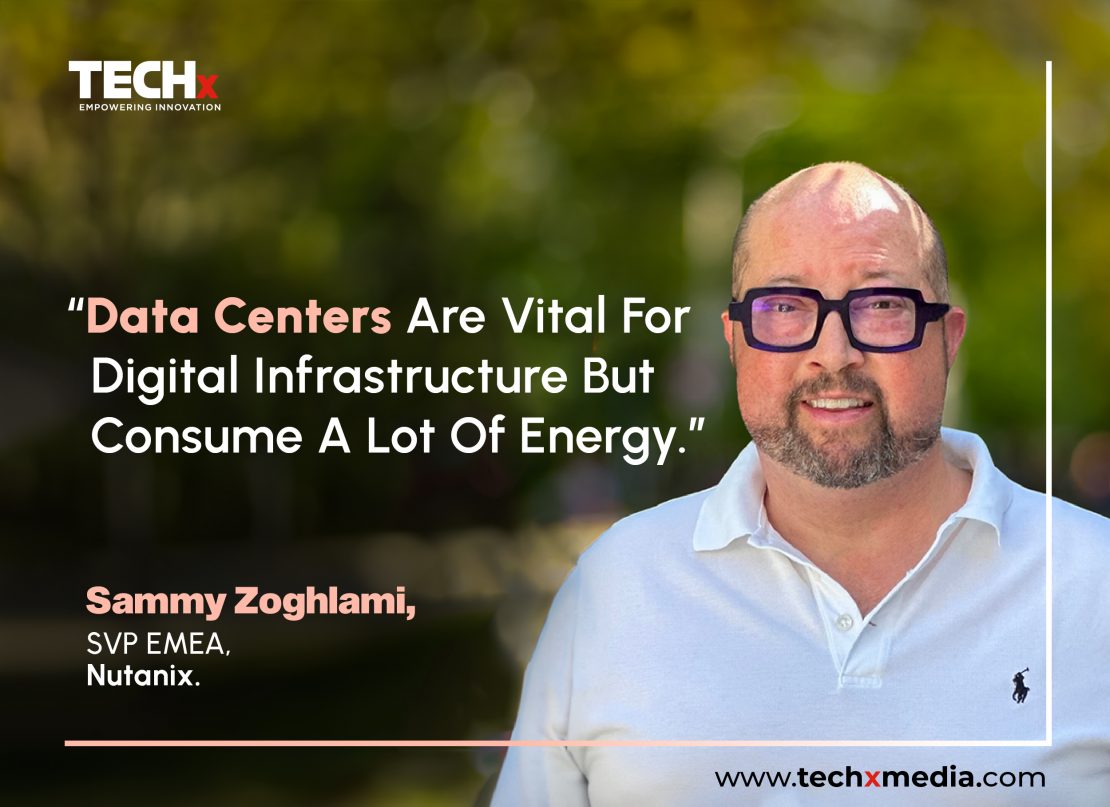
Nutanix (NASDAQ: NTNX), a hybrid multicloud computing company, has unveiled a pivotal report emphasizing sustainability in data centers. The Improving Sustainability in Data Centers 2024 report by Atlantic Ventures highlights how next-generation data center architectures, particularly hybrid cloud and hyperconverged infrastructure (HCI), can dramatically reduce energy consumption, lower carbon emissions, and yield significant cost savings across the EMEA region.
The report reveals that modernizing data centers with HCI-based solutions could save up to 19 million tons of CO2 equivalent in the EMEA region over just six years. This reduction is comparable to the emissions produced by nearly 4.1 million cars. Financially, the transition could result in savings of €25 billion by 2030 due to enhanced energy and operational efficiencies.
In light of the post-COVID digitization landscape and the rising demands for data-intensive technologies like AI and IoT, the report stresses the urgent need for action among IT leaders. With escalating energy costs and increasing regulatory pressure to minimize environmental impacts, energy efficiency has emerged as a top priority for CIOs and data center managers.
Sammy Zoghlami, SVP EMEA at Nutanix, stated, “Data centers are critical to the global digital economy but rank among the largest consumers of energy. In EMEA alone, data centers demand over 98 TWh of energy annually, equivalent to the consumption of a country like Belgium. The findings of this report demonstrate that by leveraging HCI-based solutions, companies can make a powerful contribution to climate action while significantly cutting operational costs.”
Carlo Velten from Atlantic Ventures highlighted the challenges faced by CIOs and digital executives in providing the necessary digital infrastructure to meet the growing demand for compute power and storage capacity, particularly with the rise of AI applications. He emphasized that as IT budgets tighten and electricity prices soar, energy-efficient data center and cloud operations are key levers for profitability and sustainability. The report confirms that hyperconverged infrastructure is at the forefront of transforming data centers into more energy-efficient and climate-friendly operations.
Key findings from the report include that transitioning from traditional 3-Tier architectures to HCI can reduce energy consumption by over 27% annually, leading to significant reductions in operational costs and emissions. A full-scale transition across the EMEA region could save up to 92 TWh of electricity and eliminate 19 million tons of CO2 between 2024 and 2030, equating to the emissions of 4.1 million cars. In the MENA region, this transition could save 6.1 TWh of electricity.
Additionally, the financial windfall from reduced electricity consumption could reach €25 billion by 2030, aligning sustainability with profitability. Companies and service providers in the MENA region could potentially save up to €562 million between 2024 and 2030 by transitioning from 3-Tier to HCI. Migrating HCI platforms to co-location or public cloud environments could amplify these benefits, with energy savings reaching as high as 54% compared to traditional on-premise data centers.
The report also highlights that HCI architecture enables lean, energy-efficient disaster recovery systems in the cloud, reducing the infrastructure footprint while maintaining scalability and responsiveness. Furthermore, the MENA region is advancing in cloud transformation, with 47% of computing activity expected to occur in traditional data centers in 2024, dropping to 29% by 2030.
Given the high share of fossil fuels in the MENA region’s energy mix, the efficiency potential of switching to an HCI-based platform is substantial. The region’s carbon emissions, averaging approximately 493 grams of CO2e per kWh in 2023, underscore the need for action. Transitioning to HCI-based platforms could save 2.56 million tons of carbon emissions by 2030, a reduction that would require the carbon capture of over 103 million trees.
In conclusion, Nutanix’s report serves as a crucial guide for data centers in the EMEA region, offering insights into sustainable practices and advanced architectures that promise significant energy savings, cost reductions, and a positive environmental impact.